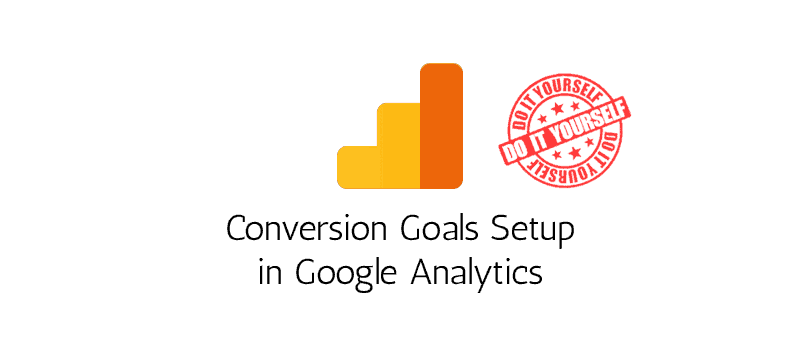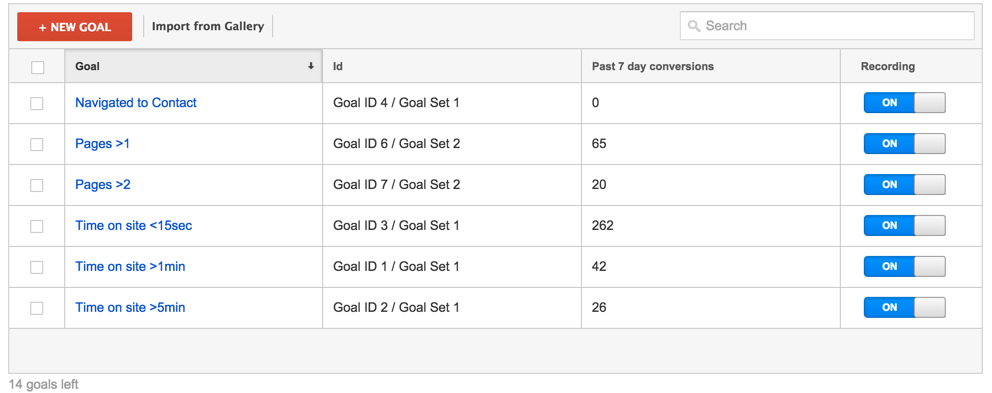Find Out What Data Is Google Analytics Goals Unable to Track
Wiki Article
Discover the Limitations of Google Analytics Goals: Revealing the Data Kind That Remain Untrackable
As businesses increasingly rely on data-driven decision-making, understanding the constraints of tools like Google Analytics becomes extremely important. While Google Analytics Goals deal useful insights into individual interactions, there exist information types that thwart monitoring, positioning obstacles to a comprehensive understanding of customer actions. These untrackable information kinds increase concerns about the accuracy and completeness of the analytics data that companies heavily trust for their digital approaches. Curious to reveal the hidden blind spots in your information analysis procedure?Insufficient User Trip Tracking
Insufficient individual journey tracking within Google Analytics can prevent the ability to properly evaluate user behavior. When the user trip is not totally tracked, there are gaps in the data that avoid a comprehensive understanding of how individuals interact with an internet site. This lack of understanding can cause missed chances for optimization and renovations to the individual experience.One common problem with incomplete user journey tracking is the inability to see the complete course that users take in the past finishing an objective or leaving the site. Without this information, it is challenging to recognize where customers might be running into obstacles or friction points that stop them from transforming. Furthermore, incomplete monitoring can cover the effect of certain marketing initiatives or web site modifications on individual habits.
To address this restriction, it is critical to establish up correct monitoring devices within Google Analytics to capture the whole customer trip. This may involve establishing occasion monitoring, objective funnels, or utilizing devices like Google Tag Manager to guarantee that no crucial communications go unrecorded. By gaining a comprehensive view of the customer journey, internet site owners can make even more educated decisions to enhance user involvement and drive conversions.
Attribution Obstacles
Navigating via attribution obstacles in Google Analytics requires a complete understanding of exactly how various touchpoints add to the overall conversion process. Acknowledgment challenges develop from the complexity of modern consumer journeys, where individuals engage with numerous networks prior to transforming. Google Analytics gives various attribution designs like very first touch, last touch, and direct, each offering a different point of view on just how credit score is assigned to touchpoints along the conversion path. These versions may not constantly precisely show the real impact of each touchpoint on the conversion.One usual acknowledgment challenge is the trouble in connecting conversions to the right source, particularly in cases where customers interact with numerous channels prior to converting. Furthermore, cross-device tracking presents one more attribution obstacle, as individuals usually change in between tools during their journey, making it testing to track their communications flawlessly.
Offline Conversions
Given the obstacles connected with attributing conversions precisely in online channels, the dimension of offline conversions presents a significant possibility for online marketers seeking an extra detailed understanding of their consumers' trip. Offline conversions describe actions that clients absorb the real world, such as making acquisitions in brick-and-mortar shops or over the phone, going to events, or involving with published materials - what data is google analytics goals unable to track. These conversions are critical for companies that operate both click here for info online and offline, as they give valuable understandings into the performance of marketing campaigns throughout numerous touchpointsTracking offline conversions traditionally posed a significant obstacle for marketing experts, as it was challenging to attach these activities back to particular on the internet communications precisely. However, with improvements in modern technology, such as the assimilation of CRM systems, special identifiers, and voucher codes, organizations can now link the void in between online and offline information to gain a more alternative view of client habits. By properly gauging offline conversions, online marketers can enhance their strategies, assign sources extra successfully, and inevitably enhance the total consumer experience.
Cross-Device Monitoring
Cross-device tracking plays a crucial function in understanding the interconnected nature of customers' digital communications across numerous devices. In today's omnichannel globe, where individuals seamlessly switch over between smartphones, tablet computers, and desktops, tracking their behavior across these devices is essential for marketers to get a detailed view of their consumer journey.
In addition, privacy worries and laws such as GDPR and CCPA have further challenging cross-device monitoring. With users demanding more control over their information and raised constraints on tracking technologies, marketers have to discover privacy-compliant and cutting-edge methods to link user interactions across devices.
Dynamic Web Content Interaction
Understanding customer engagement with vibrant content is crucial in enhancing digital advertising and marketing strategies for enhanced audience communication. Dynamic web content describes site elements that change based upon individual habits, preferences, or other elements, providing a customized experience. Tracking user communications with dynamic content poses obstacles for standard analytics tools like Google Analytics.While Google Analytics can track basic communications like clicks and web page sights, it might struggle to capture more nuanced interactions within dynamic content. what data is google analytics goals unable to track. index Metrics such as time spent on particular dynamic components, hover activities, or interactions within pop-ups are usually not quickly measurable making use of typical monitoring methods. This constraint prevents online marketers' ability to completely grasp exactly how individuals are involving with vibrant material and tailor their methods appropriately

Final Thought
To conclude, Google Analytics goals have constraints in tracking incomplete individual journeys, associating conversions properly, capturing offline conversions, tracking cross-device interactions, and gauging vibrant content interaction. These restraints highlight the value of discovering extra monitoring methods and devices to go to this site obtain a more detailed understanding of user behavior and conversions past what Google Analytics can give.While Google Analytics Goals deal valuable insights right into customer communications, there exist information types that avoid monitoring, presenting challenges to a detailed understanding of customer actions.Incomplete individual journey tracking within Google Analytics can hinder the ability to accurately examine user actions. When the individual trip is not fully tracked, there are spaces in the information that stop a comprehensive understanding of how users interact with a site.One common issue with incomplete customer journey monitoring is the failure to see the full course that users take in the past completing an objective or leaving the website. By gaining an extensive sight of the user journey, site proprietors can make more informed decisions to boost customer engagement and drive conversions.
Report this wiki page